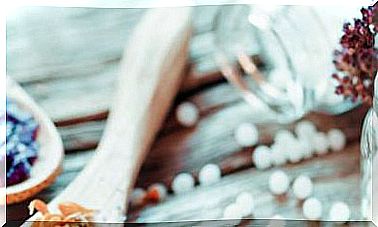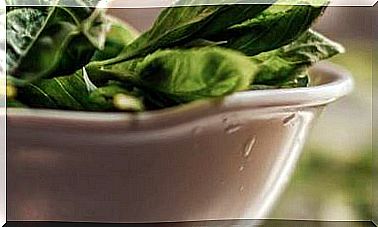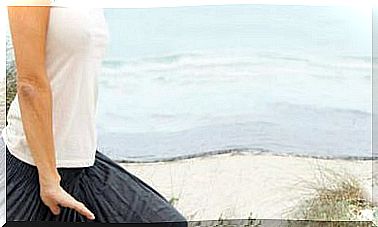How To Avoid Blood Clots Naturally
Circulatory disorders increase in our societies due to sedentary habits, diet and environmental toxins. How can we prevent them?

What is thrombosis and what symptoms does it produce?
The formation of a blood clot (thrombus) in one or more deep veins in the body, usually in the legs, can cause pain or swelling in the affected leg, redness, changes in skin color, or a feeling of warmth in the area.
But it can also occur without causing noticeable symptoms and detach all the way to the heart or lungs, where it can lead to a heart attack or pulmonary embolism.
Why do blood clots occur?
Thrombi occur as a result of anything that prevents blood from circulating normally. This can be due to:
- certain diseases that affect clotting
- injury to blood vessel walls
- a prolonged period of immobilization such as after a long hospital stay, for example after surgery or an accident
Other causes of thrombi not so direct but precursors of thrombi can be:
- arrhythmias
- hypertension
- heart failure
- inflammatory bowel disease
- to smoke
- obesity
What other factors predispose to thrombi?
First of all, the large amount of heavy metals to which we are exposed can influence . High levels of exposure to arsenic (greater than 20 mg / l in the blood) can contribute significantly to the development of peripheral vascular pathologies. We can find, for example, in drinking water that we obtain from public services, as well as in vegetables from intensive crops.
On the other hand, intolerances to certain foods produce systemic inflammation, a type of silent inflammation that ends up deteriorating the body’s tissues and organs. If the lesions occur in the arterial and venous walls, coagulation is disturbed and this can lead to thrombosis.
How can thrombosis be prevented?
First of all, it should be borne in mind that hydration is a protective factor. It is essential to keep the body well hydrated.
On the other hand, protecting cell walls with antioxidants and other protective compounds is essential to avoid injuries that lead to clot formation. Among the antioxidants, vitamin C (500-1,500 mg), bioflavonoids (1,000 mg), omega-3 and 6 fatty acids (1,300 mg / 650 mg), vitamin E (300-1,600 IU) may be useful.
Glycosaminoglycans (20-100 mg) such as collagen, hyaluronic acid, elastin or chondroitin sulfate can also exert a protective effect.
Taking into account risk factors such as exposure to heavy metals and food intolerances can also help prevent them. We can take steps to remove heavy metals from our bodies and reduce our exposure, or try to detect which foods are bad for us and address intolerance. All this will contribute to the maintenance of vascular health.
Does diet prevent blood clots?
A diet rich in saturated fat translates into an increase in cholesterol and triglyceride levels in the blood, which is itself a risk factor. On the contrary, a diet based on fresh plant products, with abundant fruits and vegetables, exerts a protective effect.
You may also like…
- 5 Things You Should Know About Vitamin K, By Carla Zaplana, Nutritionist.
- Sintrom: how to improve the quality of life of patients, by Dr. Pablo Saz, naturopathic doctor.
- Antiphospholipid syndrome: symptoms and natural treatment, by Dr. Pedro Ródenas, naturopathic doctor.
- How to prevent and treat cerebral stroke in time, by Dr. Pablo Saz, naturopathic doctor.
- Ginkgo, the great hope for aging disorders, by Jordi Cebrián, phytotherapy expert.
- Poor circulation in the legs: how to treat it naturally, by Dr. Ramón Roselló, naturopathic doctor.









